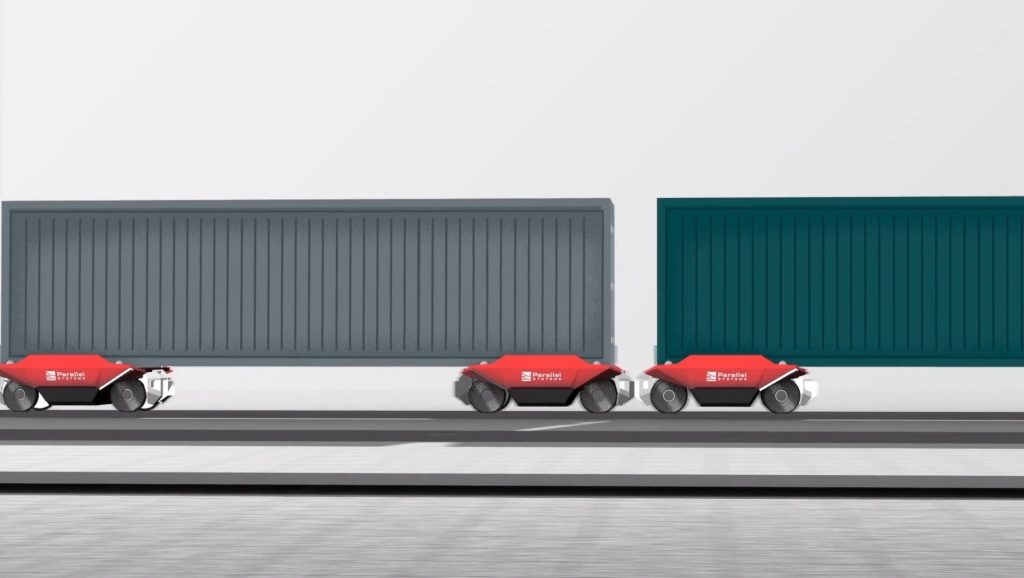Three engineers from SpaceX have launched their own company after leaving SpaceX. They aim to design and build electric self-powered train cars with improved efficiency, lowering emissions in the freight rail systems. As compared to trucks that consume diesel, freight trains can be a lot more energy-efficient when operated by electricity. Matt Soule, the CEO and Founder of this company, “Parallel Systems” has mentioned better aerodynamics, saying that moving one part of freight by train takes one quarter the energy necessary to move it by truck.
Soule has mentioned, “But because of how rail is architected, it has its operational and economic limits, But if you can break through those barriers and allow the rail to serve more of these markets — that’s the opportunity.”

Reduction of carbon emissions with these steps is another plus-point towards the freight system from diesel to electric power. Transportation accounts for about 29% of the total greenhouse gas emissions in the United States, according to a report issued by the Environmental Protection Agency in Dec. 2021. Soule got the idea in an unusual way.
He started at Spacex in 2006, where he was the Head of Avionics. After he left in 2019, he was waiting to meet a friend, technologist, and a product designer, Brian Ignaut, for coffee and watching a YouTube video on his cell. The selection algorithm randomly served him a video on freight trains. This was the scenario that got him thinking about the power in the freight train system and the desire to reduce carbon emissions for environmental safety.
In January 2020, Soule went on to launch the Company with two other SpaceX employees, John Howard and Ben Stabler. The company is in the prototype stage and it is not having any revenue yet. With the new round of funds, Parallel Systems which was having 3.6 million USD in seed funding, will be able to build a fleet of rail vehicles, execute advanced testing programs and grow the team.
Parallel Systems has worked and moved forward with the 25 engineers from other Tech based companies like Google and Uber, and has built several prototypes and tested its first-generation vehicle on a closed track in the Los Angeles area. The vehicles are made to work in pairs. Each pair can carry one standard shipping container.

The cars carrying the containers are all self-sufficient, but the system would work best if the cars are linked together. So Parallel Systems envisions a “platoon” of 10 to 50 self-powered freight cars, mentioned by Soule.
Autonomous train platoons could improve train logistics and lessen those costs. Moreover, establishing electric cars does not necessarily enable the system to go totally green, it relies on how the electricity that powers that part of the grid is created.


